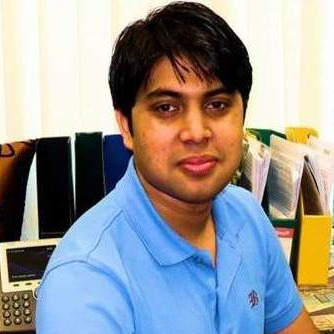Preprint
Article
Enhancing Handover for 5G Mobile Networks using Jump Markov Linear System and Deep Reinforcement Learning
Altmetrics
Downloads
381
Views
322
Comments
0
A peer-reviewed article of this preprint also exists.
This version is not peer-reviewed
Submitted:
26 November 2021
Posted:
29 November 2021
You are already at the latest version
Alerts
Abstract
The fifth Generation (5G) mobile networks use millimeter Waves (mmWaves) to offer giga bit data rates. However, unlike microwaves, mmWave links are prone to user and topographic dynamics. They easily get blocked and end up forming irregular cell patterns for 5G. This in turn cause too early, too late, or wrong handoffs (HOs). To mitigate HO challenges, sustain connectivity and avert unnecessary HO, we propose a HO scheme based on Jump Markov Linear System (JMLS) and Deep Reinforcement Learning (DRL). JMLS is widely known to account for abrupt changes in system dynamics. DRL likewise emerges as an artificial intelligence technique for learning highly dimensional and time-varying behaviors. We combine the two techniques to account for time-varying, abrupt, and irregular changes in mmWave link behaviour by predicting likely deterioration patterns of target links. The prediction is optimized by meta training techniques that also reduces training sample size. Thus, the JMLS-DRL platform formulates intelligent and versatile HO policies for 5G. Results show our proposed prediction scheme about target link behavior post HO to be highly reliable. The scheme also averts unnecessary HOs thus ably supports longer dew time.
Keywords:
Subject: Engineering - Electrical and Electronic Engineering
Copyright: This open access article is published under a Creative Commons CC BY 4.0 license, which permit the free download, distribution, and reuse, provided that the author and preprint are cited in any reuse.
MDPI Initiatives
Important Links
© 2024 MDPI (Basel, Switzerland) unless otherwise stated









